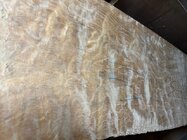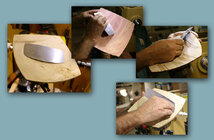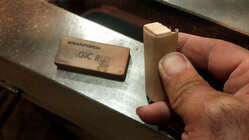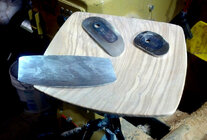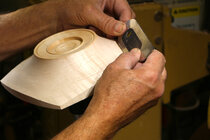This should be an interesting discussion. I recently posted a thread in which I used the term “rock hard walnut”. Probably not a best choice of an adjective (hard) but from my point of reference, the bottom of a lidded box seemed much harder than the top.
The top was straight grained but the bottom had much more figuring. Both pieces came from a box of ends and pieces and I tried to match the color more than the grain. Why was the bottom harder to turn than the top? Silica, grain, growth rings, different tree, tool sharpness, tool choice, etc…?
All I can tell you is Dad had a couple of walnut trees cut and kiln dried for use in his later years. After he passed, I inherited his wood pile. One thing I’ve noticed over the years, there is a great deal of variation of density and hardness between boards.
Maybe it’s just me.
The top was straight grained but the bottom had much more figuring. Both pieces came from a box of ends and pieces and I tried to match the color more than the grain. Why was the bottom harder to turn than the top? Silica, grain, growth rings, different tree, tool sharpness, tool choice, etc…?
All I can tell you is Dad had a couple of walnut trees cut and kiln dried for use in his later years. After he passed, I inherited his wood pile. One thing I’ve noticed over the years, there is a great deal of variation of density and hardness between boards.
Maybe it’s just me.

